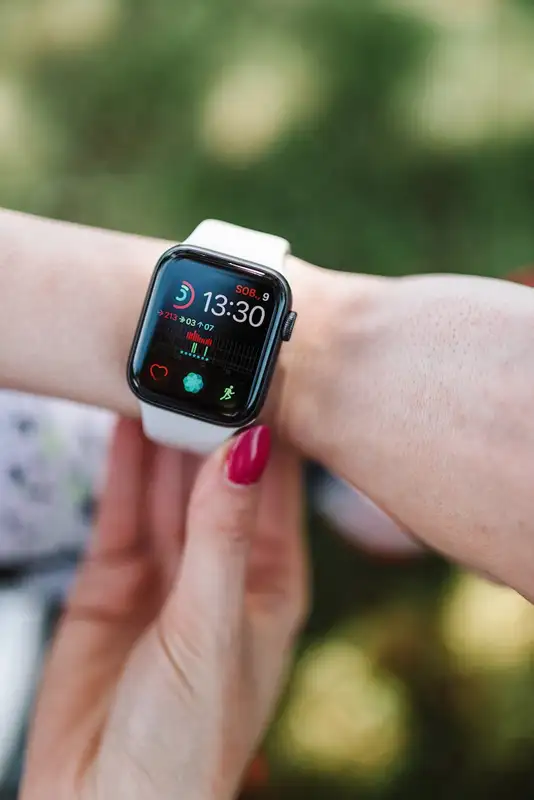The past decade has witnessed a remarkable transformation in the realm of professional sports, largely driven by groundbreaking technological advancements. These innovations have not only enhanced athlete performance but have also improved safety measures and enriched the overall experience for fans. This article explores the ten most impactful sports technologies of the last decade that have reshaped the landscape of professional athletics.
Wearable Technology
Wearable technology has emerged as a fundamental component in professional sports. Devices like Fitbit, Garmin, and Whoop deliver real-time insights into an athlete’s performance metrics, including heart rate, sleep quality, and activity levels. Coaches and trainers leverage this data to monitor workloads, prevent injuries, and tailor training regimens, making performance tracking more accurate and individualized.
GPS Tracking Systems
GPS tracking systems have revolutionized player monitoring in professional sports. Tools such as Catapult and STATSports provide comprehensive metrics on distance traveled, speed, and player positioning. This data is essential for crafting strategies, optimizing training sessions, and minimizing injury risks, making GPS tracking indispensable in sports like soccer, rugby, and American football.
Video Analysis Software
Advanced video analysis software, including Hudl and Dartfish, has transformed how coaches and athletes assess performance. High-speed cameras capture detailed footage that can be analyzed frame-by-frame, allowing for thorough evaluations of techniques, tactics, and strategies. This technology is particularly advantageous in precision-focused sports such as gymnastics, swimming, and tennis.
Virtual Reality (VR) Training
Virtual Reality (VR) training has opened new doors for skill enhancement and strategic visualization. Platforms like STRIVR and Oculus create immersive environments where athletes can simulate game scenarios and practice without physical strain. This technology is widely utilized in sports like American football and basketball to enhance decision-making abilities and mental readiness.
Biofeedback Devices
Biofeedback devices track physiological responses, helping athletes understand how their bodies react to various stressors. Technologies such as Muse and Halo Neuroscience provide insights into muscle activity, heart rate variability, and brain wave patterns. Athletes utilize this information to boost focus, manage stress, and enhance mental resilience, which is vital in high-pressure sports like golf, shooting, and archery.
Smart Sports Equipment
Smart sports equipment, equipped with sensors, offers real-time feedback on performance metrics. Examples include Babolat Play smart tennis rackets, Wilson X smart basketballs, and Zepp smart golf clubs. These devices measure parameters like speed, spin, and impact force, providing valuable insights for performance enhancement. Smart equipment aids athletes in refining their techniques and achieving superior results.
Advanced Recovery Tools
Recovery plays a crucial role in professional sports, and advanced recovery tools have made significant advancements in this area. Technologies such as NormaTec compression systems, Hyperice percussion devices, and Theragun massagers facilitate muscle recovery, alleviating soreness and inflammation. These tools improve blood circulation, expedite recovery, and prepare athletes for subsequent training sessions or competitions.
Sports Analytics Platforms
Sports analytics platforms like SAP Sports One and IBM Watson have transformed data analysis in professional sports. These platforms process vast amounts of data, including player performance, opponent strategies, and game statistics. Coaches and analysts utilize this information to make informed decisions, devise game plans, and optimize training programs, making sports analytics an essential tool for gaining a competitive advantage.
Environmental Sensors
Environmental sensors track conditions such as temperature, humidity, and air quality during training and competitions. Devices like Kestrel and Heat Stress Monitors assist athletes and coaches in understanding how environmental factors impact performance, allowing for necessary adjustments in training. These sensors are particularly crucial in outdoor sports like marathon running, cycling, and triathlons, where environmental conditions can significantly influence outcomes.
Artificial Intelligence (AI) and Machine Learning (ML)
Artificial Intelligence (AI) and Machine Learning (ML) have made substantial inroads into professional sports. AI-driven tools like IBM Watson and Kitman Labs analyze player data to predict injuries, optimize training loads, and customize training programs. Machine learning algorithms identify patterns and trends, providing actionable insights for performance enhancement. The integration of AI and ML in sports has made training more precise, efficient, and tailored to individual athlete needs.
Conclusion
The advancements in sports technology throughout the decade have fundamentally altered how professional athletes train, compete, and recover. From wearable fitness trackers and GPS performance monitoring to virtual reality training and AI-driven analytics, these innovations have made athletic training more scientific, data-driven, and personalized. Embracing these technologies not only enhances performance but also prioritizes the safety and well-being of athletes. As technology continues to evolve, the future of professional sports appears even more promising, offering limitless opportunities for athletes to reach their full potential. By harnessing these game-changing technologies, athletes and coaches can maintain a competitive edge and foster continuous improvement in sports performance.
